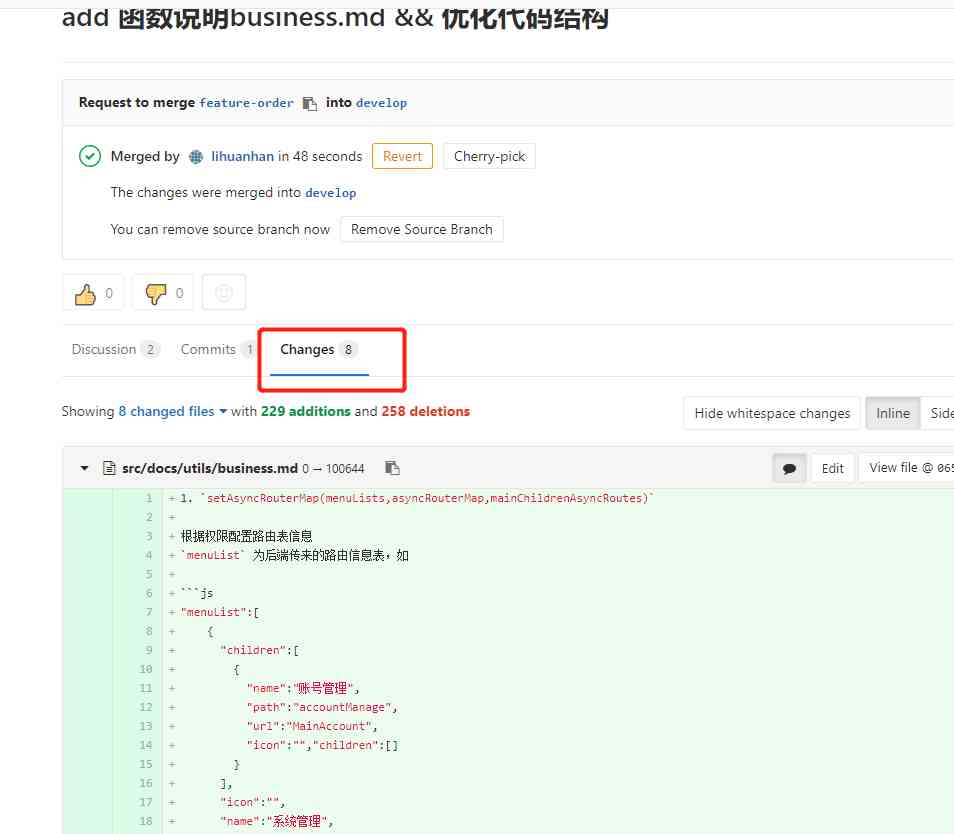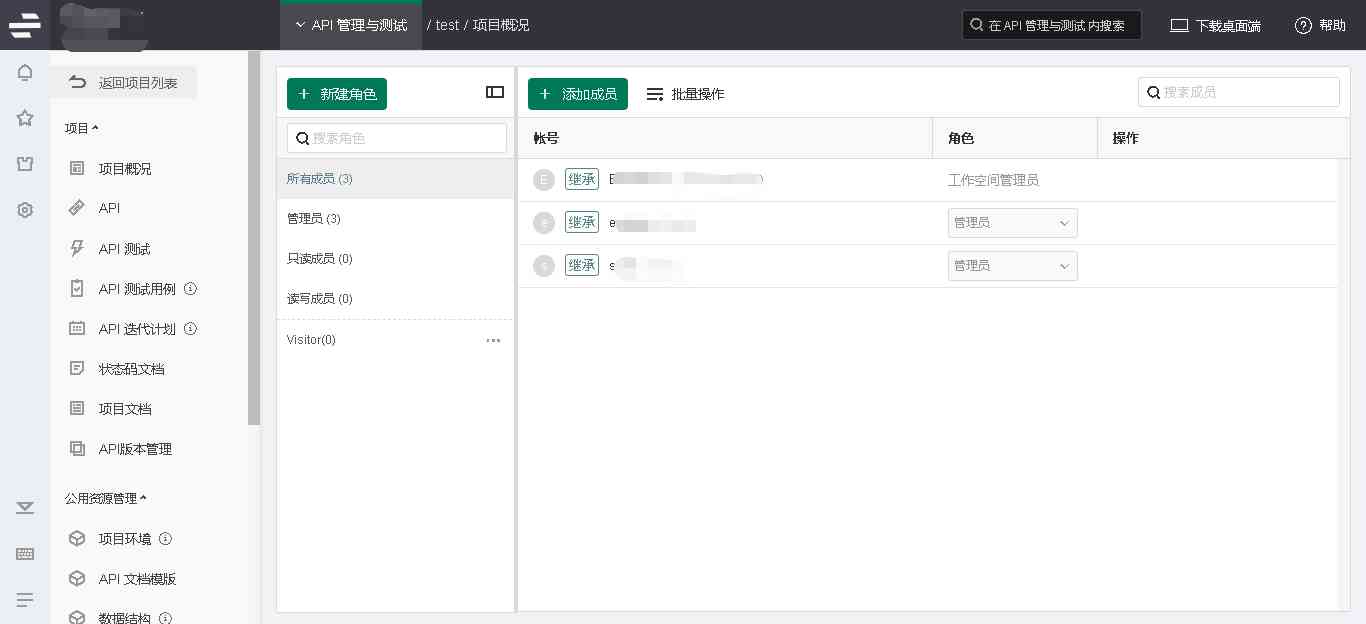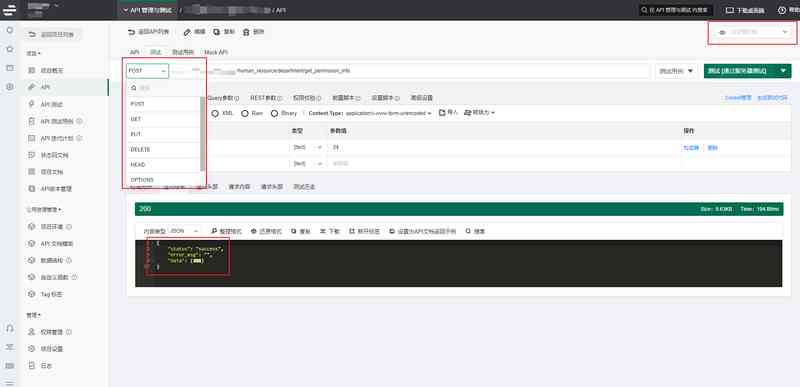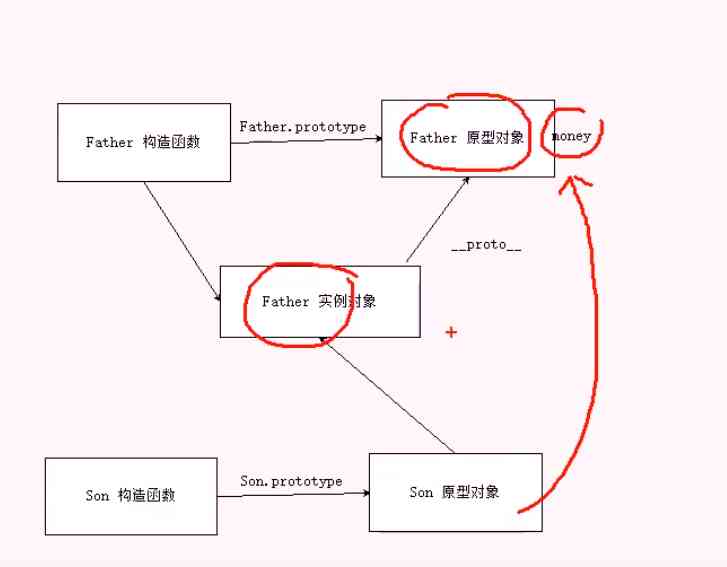当前位置:网站首页>Aprelu: cross border application, adaptive relu | IEEE tie 2020 for machine fault detection
Aprelu: cross border application, adaptive relu | IEEE tie 2020 for machine fault detection
2020-11-08 21:03:00 【Xiaofei's notes on algorithm Engineering】
> The work of this paper belongs to the application of deep learning in industry , Learn from the solution of computer vision , For the scene of machine fault detection, an adaptive APReLU, The accuracy of fault detection has been greatly improved . The whole idea of the paper should also be applied to computer vision , The code is also open source , You can try it
source : Xiaofei's algorithm Engineering Notes official account
The paper : Deep Residual Networks with Adaptively Parametric Rectifier Linear Units for Fault Diagnosis
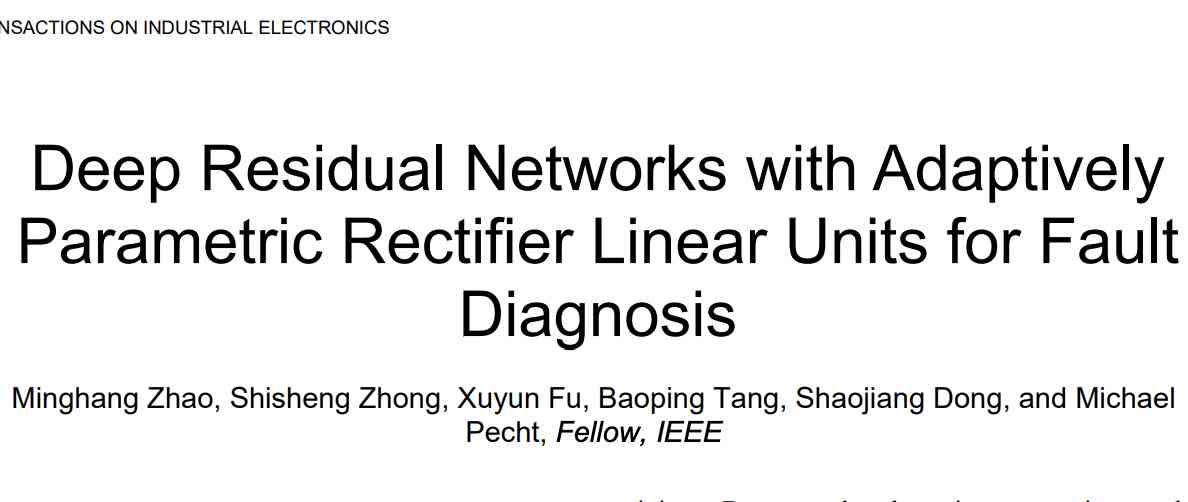
- Address of thesis :https://ieeexplore.ieee.org/document/8998530/metrics#metrics
- Code address :https://github.com/zhao62/Adaptively-Parametric-ReLU
Introduction
The scenario discussed in this paper is the error detection of electronic devices , Due to long-term operation in harsh environments , Electronic equipment often inevitably fails , And then cause accidents and losses . And the vibration signal (vibration signal) It usually includes pulses and fluctuations due to machine failure , Can be used to detect equipment failure . In the near future , Deep learning is also used in error detection of electronic devices , Take the vibration as the input signal , Output whether the current device is normal .

Mainstream classification neural networks use an identical set of nonlinear transformations to deal with different inputs , Pictured a Shown ,F、G and H Represents a nonlinear change ,$=$ Represents whether the nonlinear transformation is the same . For vibration signal scenarios , Machines in the same state of health , Because the current operation is different , The difference of the feedback vibration signals may be large , It is difficult to classify different waveforms into the same health state . Contrary , Machines in different health states occasionally produce the same vibration signal , Neural networks map them to similar regions , It's hard to distinguish . Sum up , The fixed nonlinear transformation may have a negative impact on the feature learning ability in the vibration signal scene , It is very meaningful to be able to learn automatically and use different nonlinear transformations according to the input signal .

This paper is based on ResNet An improved version of ResNet-APReLU, Pictured b Shown , Different nonlinear transformations are assigned according to the input signal , Specifically by inserting a similar SE(squeeze-and-excitation) The module's subnet to adjust the slope of the activation function , It can greatly improve the accuracy of fault detection . Because of the special scene of the thesis , So I mainly study the methods proposed in the paper , As for the application scenario related part and experimental part , Just take it easy .
Fundamentals of classical ResNets
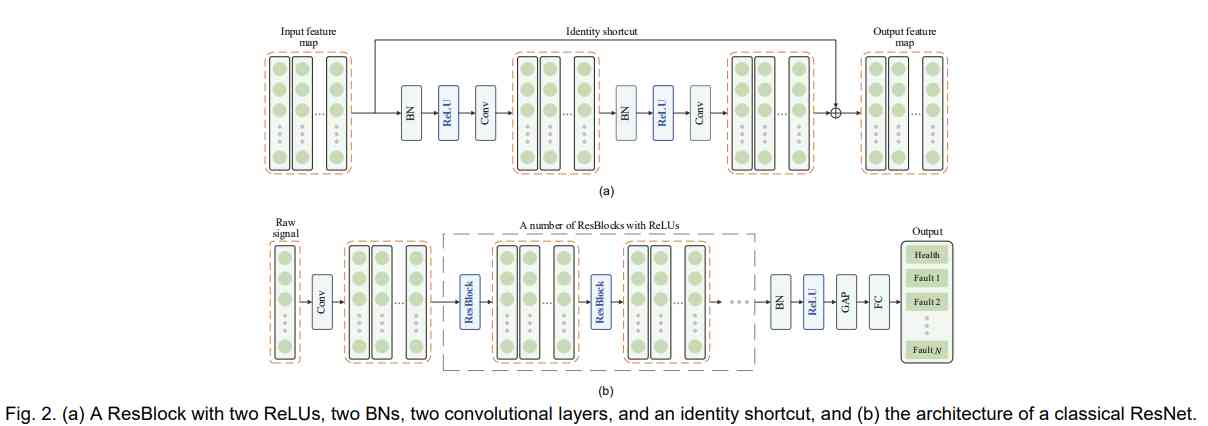
The paper ResNet Based on ,ResNet Its core structure is shown in the figure 2a Shown , I'm sure you all know , No more introduction . take ResNet Applied to machine error recognition , Pictured 2b Shown , Input vibration signal , After the feature extraction of the network, the state recognition is carried out , Determine whether the machine is healthy or in some other wrong state . The core of the paper is through improvement ReLU Adaptive nonlinear transformation , original edition ReLU It can be formulated as :

Design of the developed ResNet-APReLU
Design of the fundamental architecture for APReLU

APReLU Integrated with a specially designed subnet , It's kind of like SE modular , The multiplicative factor used for nonlinear transformation is predicted adaptively according to the input , Structure is shown in figure 3a Shown , Output channel-wise Of ReLU Parameters , The following steps are included :
- use ReLU and GAP Mapping input features to 1D vector , Get positive features (positive feature) The overall information of . use min(x, 0) and GAP Map the input feature to another 1D vector , Get negative features (negative feature) The overall information of , Negative information may contain some useful fault information .GAP It can deal with the problem of signal offset , The input feature map information is compressed into two 1D vector , They represent positive and negative information respectively .
- Put two 1D vector Concate together , Conduct FC-BN-ReLU-FC-BN-Sigmoid Calculation , Two FC The dimension of output and input characteristics is consistent , Last sigmoid The output is used for the formula 10 Of $\alpha \in (0, 1)$ factor :

Architecture of the developed ResNet-APReLU for vibration-based gearbox fault diagnosis


be based on APEeLU Building new ResBlock, Pictured b Shown , With the original ResBlock Almost the same , Just to ReLU Replace with APReLU Adaptive nonlinear activation .APReLU The output size is the same as the input size , It can be simply embedded in a variety of networks . The complete network structure is shown in the figure c Shown , Finally, output the prediction of multiple machine states , Calculate the cross entropy loss , Do gradient descent learning .
Experimental Results
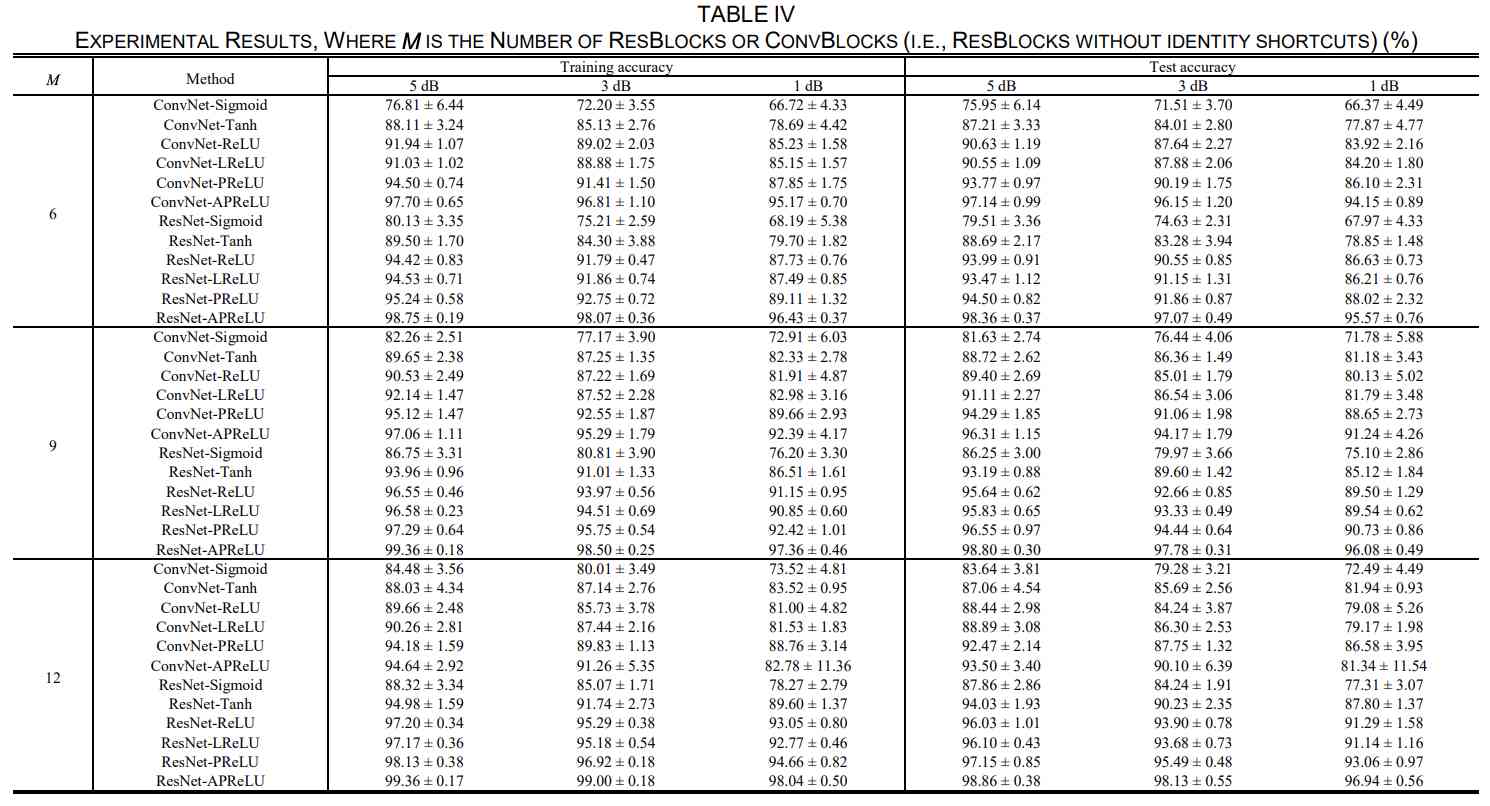
From the results , For machine failure scenarios , The method proposed in this paper is very effective .
Conclustion
The work of this paper belongs to the application of deep learning in industry , Learn from the solution of computer vision , For the scene of machine fault detection, an adaptive APReLU, The accuracy of fault detection has been greatly improved . The whole idea of the paper should also be applied to computer vision , The code is also open source , You can try it .
> If this article helps you , Please give me a compliment or watch it ~
More on this WeChat official account 【 Xiaofei's algorithm Engineering Notes 】

版权声明
本文为[Xiaofei's notes on algorithm Engineering]所创,转载请带上原文链接,感谢
边栏推荐
- 深拷贝
- Dynamic programming: maximum subarray
- getBytes之 LengthFieldBasedFrameDecoder服务端解析
- VirtualBox install centos7
- SQL quick query
- Part I - Chapter 1 Overview
- Is parameter passing in go language transfer value or reference?
- Five factors to consider before choosing API management platform
- Leetcode 45 jumping game II
- 线程池运用不当的一次线上事故
猜你喜欢
随机推荐
Creating a text cloud or label cloud in Python
线程池运用不当的一次线上事故
动态规划之子序列问题解题模板
CMS garbage collector
程序员都应该知道的URI,一文帮你全面了解
MYCAT build
动态规划答疑篇
Looking for better dynamic getter and setter solutions
Dynamic programming: maximum subarray
Iptables from introduction to mastery
接口测试用例思路总结
How to deploy pytorch lightning model to production
Flink系列(0)——准备篇(流处理基础)
200 programmers interview experience, all here
Django之简易用户系统(3)
如果把编程语言当武功绝学!C++是九阴真经,那程序员呢?
Part I - Chapter 1 Overview
MongoDB增删改查操作
Swagger介绍和应用
Dynamic relu: Microsoft's refreshing device may be the best relu improvement | ECCV 2020

